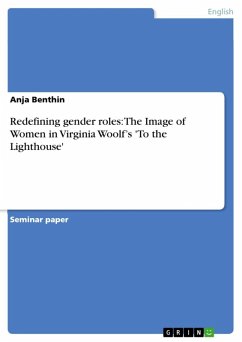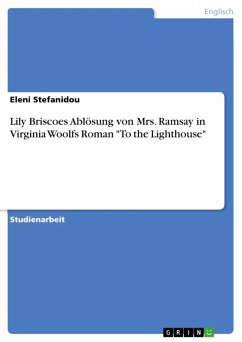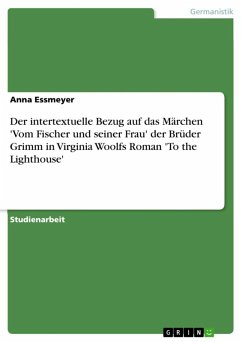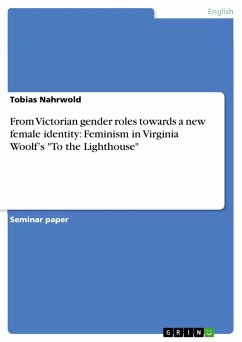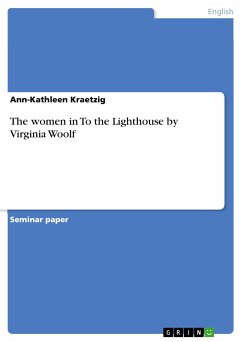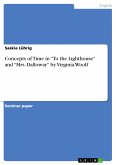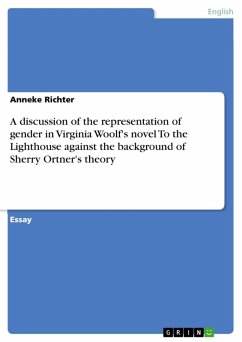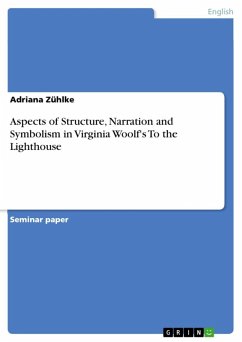Seminar paper from the year 2008 in the subject English Language and Literature Studies - Linguistics, grade: 2, University of Frankfurt (Main) (Institut für England- und Amerikastudien), course: Getting High on Woolf's Modernism, language: English, abstract: Virginia Woolf can undoubtedly be regarded as one of the most famous writers of the modernist era. However, she was not merely a writer, at the same time she was a biographer, an essayist and also a feminist. Being a female writer in a patriarchal society, Woolf raises issues on gender and gender roles, and challenges the role of the Victorian woman, both in her novels as well as in her other essays. The ideas of women, their role and identity become especially obvious in her novel To the Lighthouse, as here Woolf clearly juxtaposes the two images of women, namely the Victorian ideal and the New Woman. Furthermore, her novels do not merely demonstrate the redefinition of gender roles but also the changes happening in narrative techniques employed in novels during the modernist era. Being part of this movement and the literary changes happening during that time, Woolf herself contributes greatly to shaping the new woman's identity, as she sets out to destroy the stereotype of that time which suggested that only men can write.
Dieser Download kann aus rechtlichen Gründen nur mit Rechnungsadresse in A, B, BG, CY, CZ, D, DK, EW, E, FIN, F, GR, HR, H, IRL, I, LT, L, LR, M, NL, PL, P, R, S, SLO, SK ausgeliefert werden.

